We were very much awaiting getting to Tibet as we expected it to be the highlight of our trip. But we were excited as much about our train journey there. Qinghai-Tibet railway, as it is officially known, is an engeneering marvel. Not only does it go in its highest points way above 5000m, but large part of it is built on top of the permafrost - soil that stays frozen throughout the year, which required it to be built on pillars.
We love night trains, so unlike some people we met later on the train, we were quite excited about our 20 hour journey ahead. For us that wasn't even a very long trip - in our kids-free past life we went embarked on a month long overland journey through Siberia, and our record was 5 days spent on the train.
We picked an evening train - or rather we let the travel agency pick this train for us. Summer is a very busy season, and in order to secure the train ticket, you need to book way in advance, especially night trains. Your best bet is always to board the train at its starting point and get off at the last stop, as those seats have priority. Going to Tibet there are few trains that start in Xining, other ones start in Beijing, Shanghai and Guangzhou. Our journey started in Xining, so we picked the train that also started there - I already mentioned in a previous post that it is a good idea to break your journey in Xining in order to acclimatise for few days and lower the risk of altitude sickness.
Even with all the best efforts from the travel agency, only one way did they manage to get us a soft-sleeper ticket (a 4-bed compartment) - on the way back we had a hard-sleeper tickets (beds in the open corridor, 3 level bunk beds).
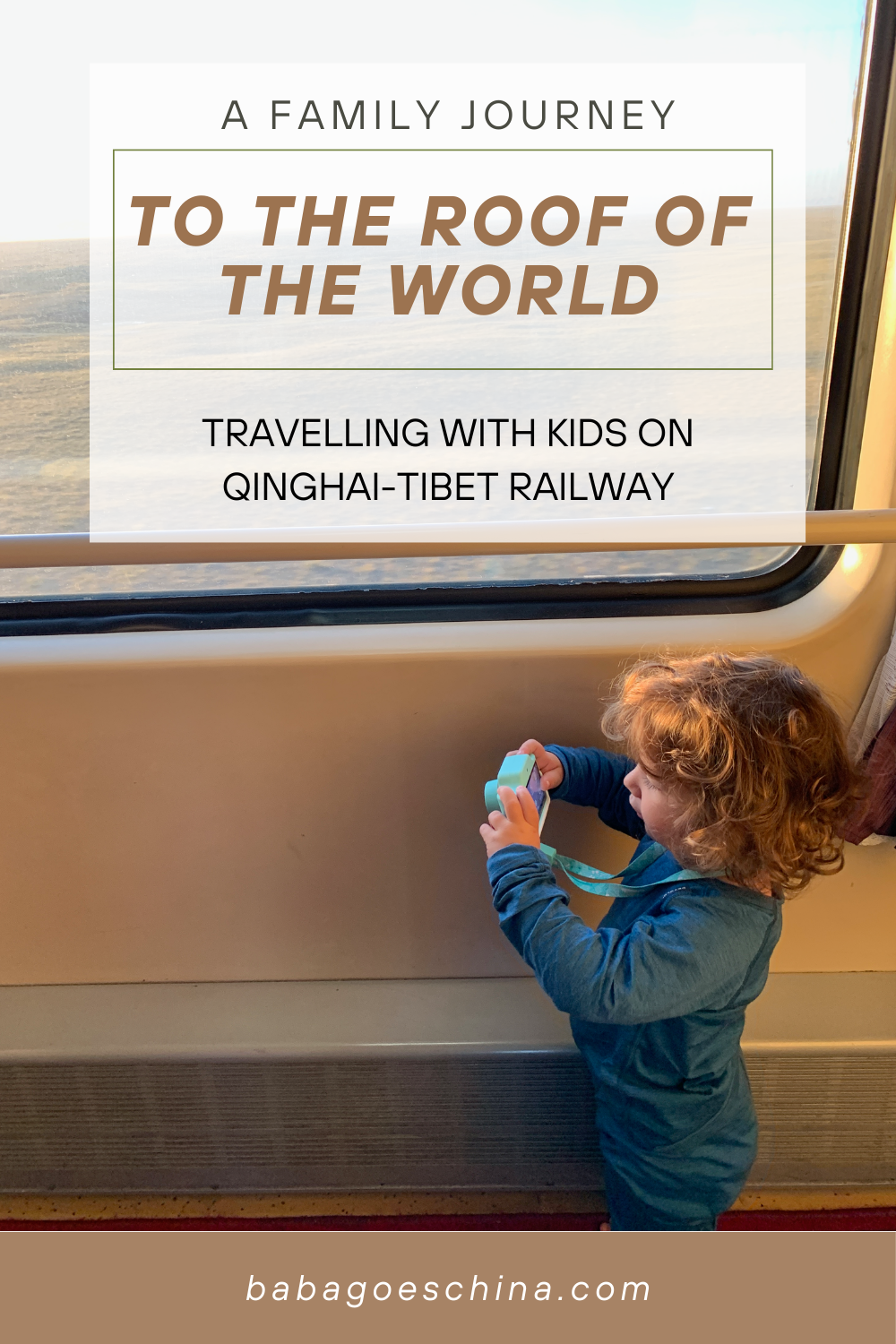
The train
The train itself is very pleasant and comfortable - especially the 4-bed compartments, even though the open carriage hard-sleepers are more fun. You get much more natural interactions with the fellow passengers. On the way back we had hard-sleepers and we had to walk past the hard seat part of the train, and we were really glad we didn't have to take those. It was extremely crowded - so much that they locked the door between the hard seats and sleeper carriages just to prevent people with no seat to move to sleeper part of the train.
The restaurant carriage was super nice - and surprisingly not crowded. From our experience traveling in Europe, we expected all people with no seat reservation to be occupying restaurant seats, but I guess for the Chinese standard meals in the restaurant are quite pricey. With hot water available in every carriage, most people are happy with their own teas and pots of instant noodles. We had those too, but it was quite pleasant to sit in the restaurant carriage - a bit of change of scenery. And the food was delicious - real feast, definitely not the kind of food you get on European trains.
I particularly enjoyed a special so called "eight treasure tea" - a mix of tea with rock sugar, chrysanthemum, wolf berry, red dates, walnut kernels, sesame, raisins etc. You can drink it for hours as you top up the tea and the sugar slowly dissolves. Delicious!
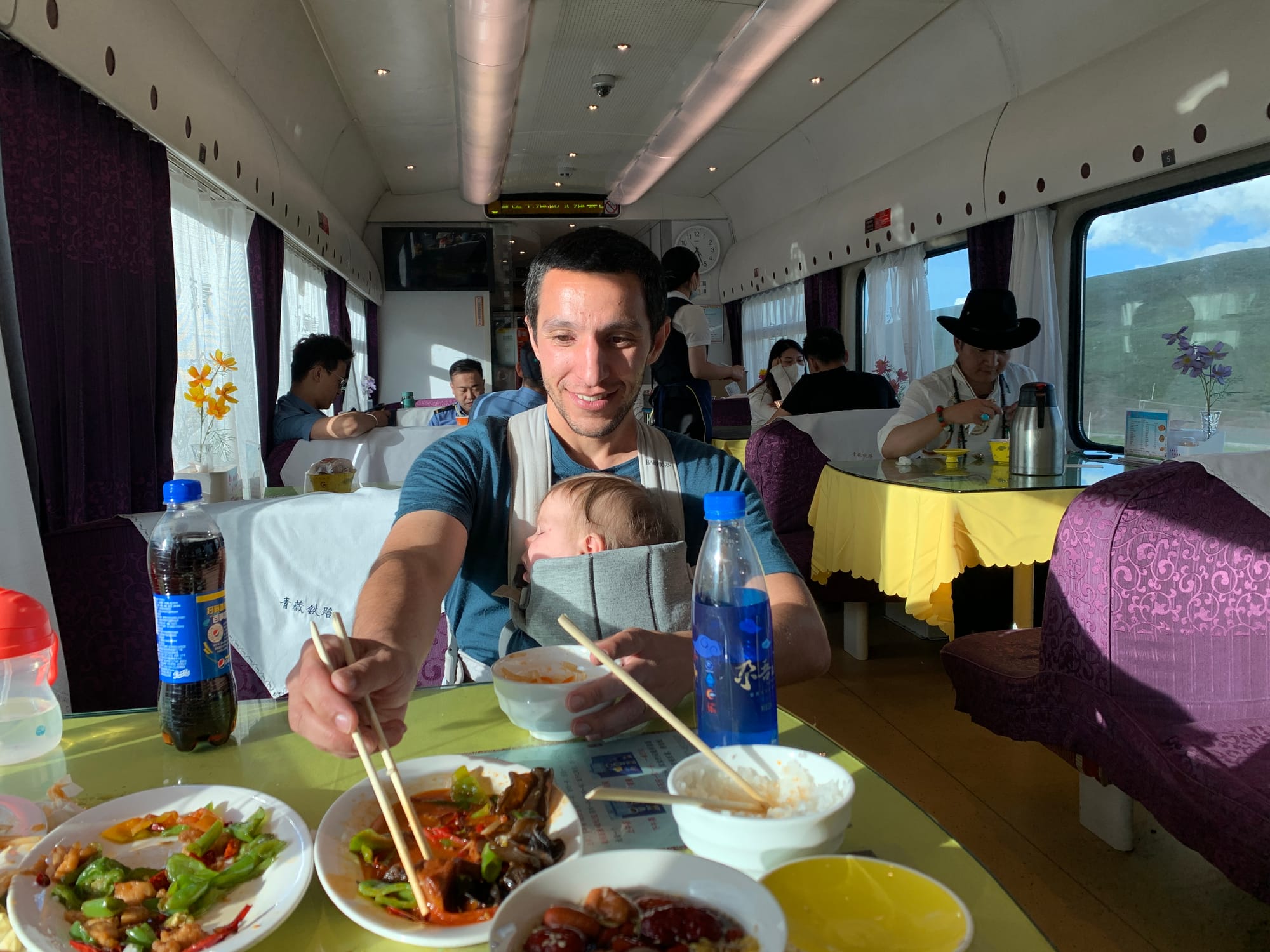
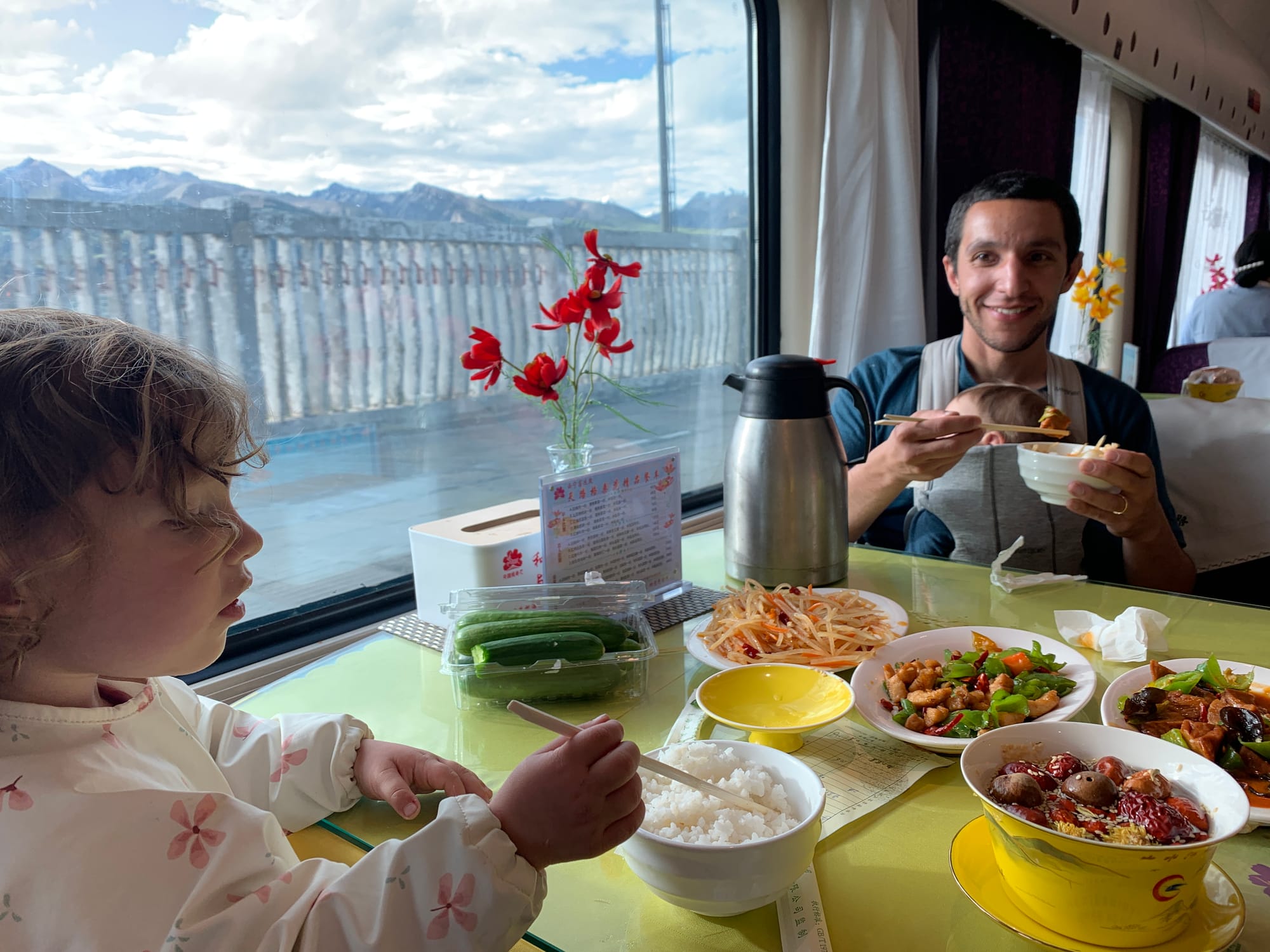
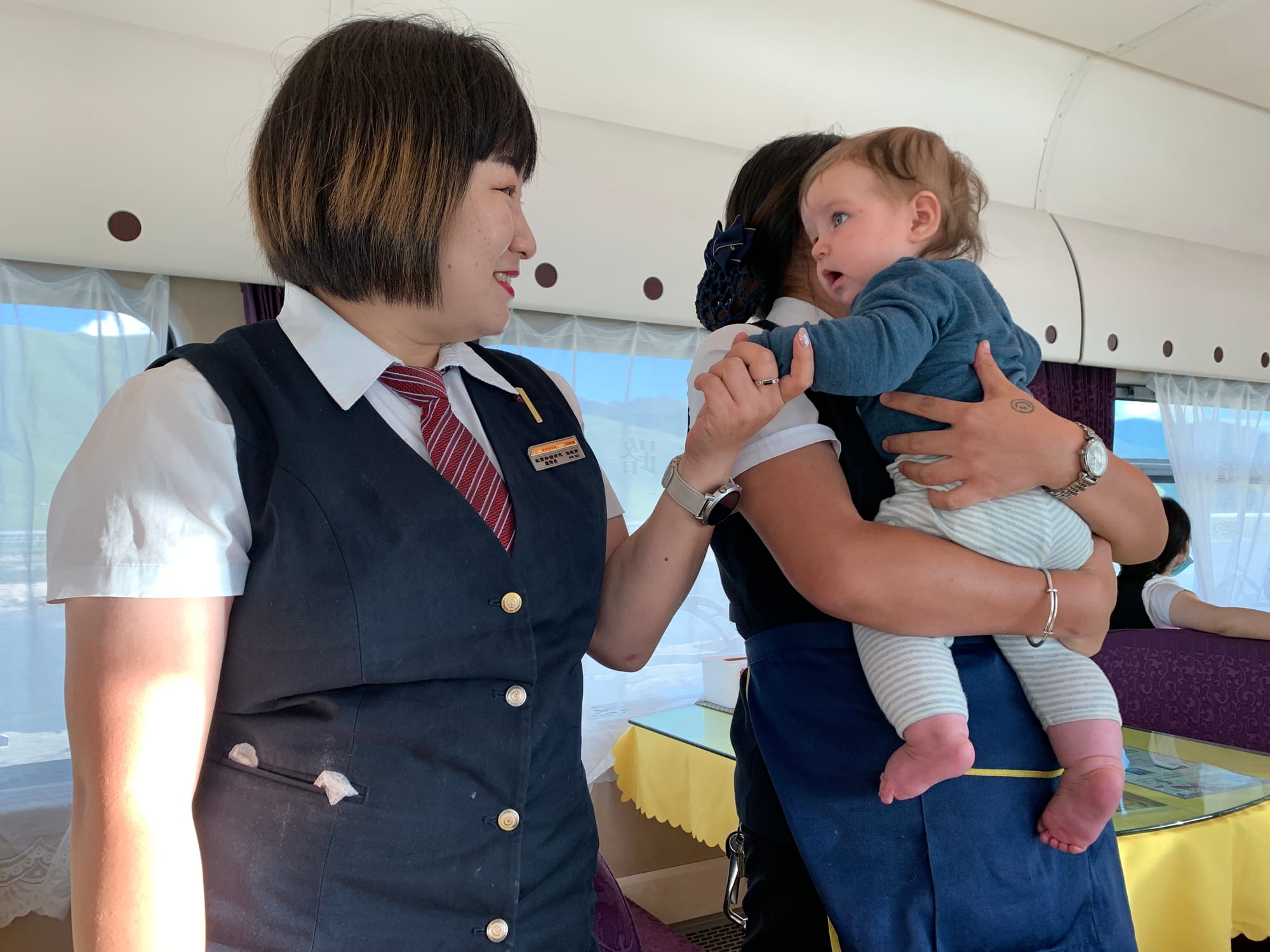
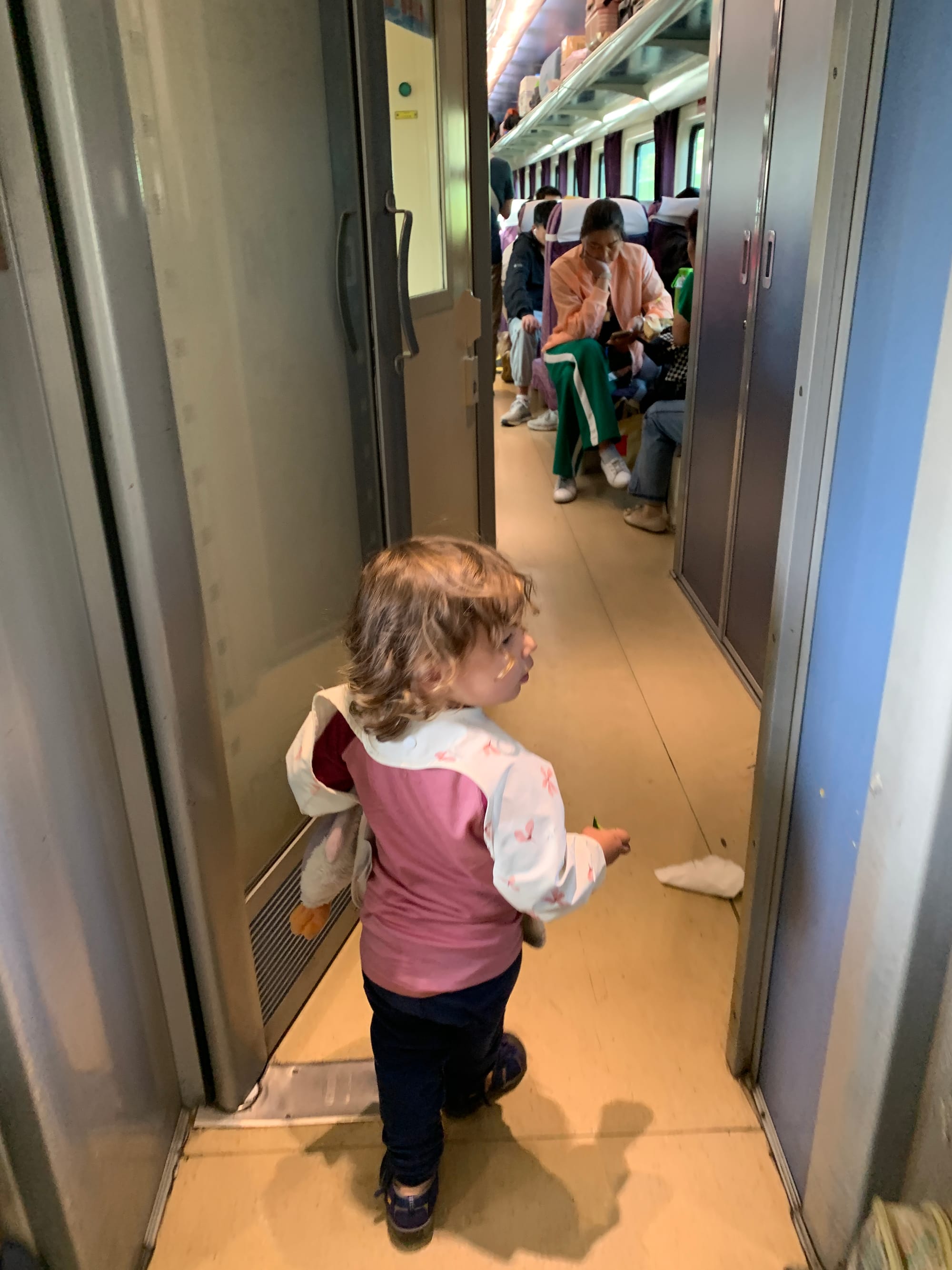
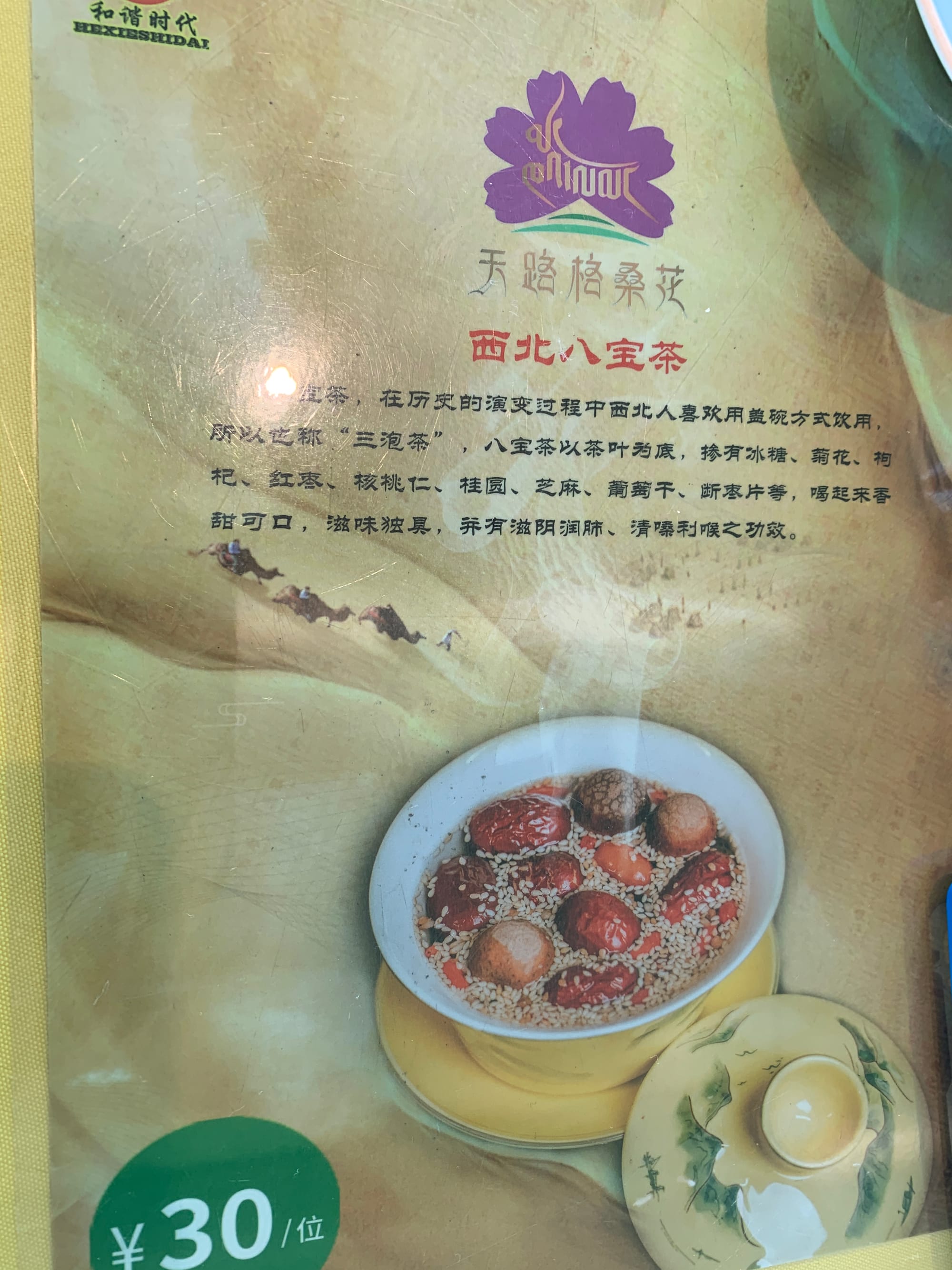
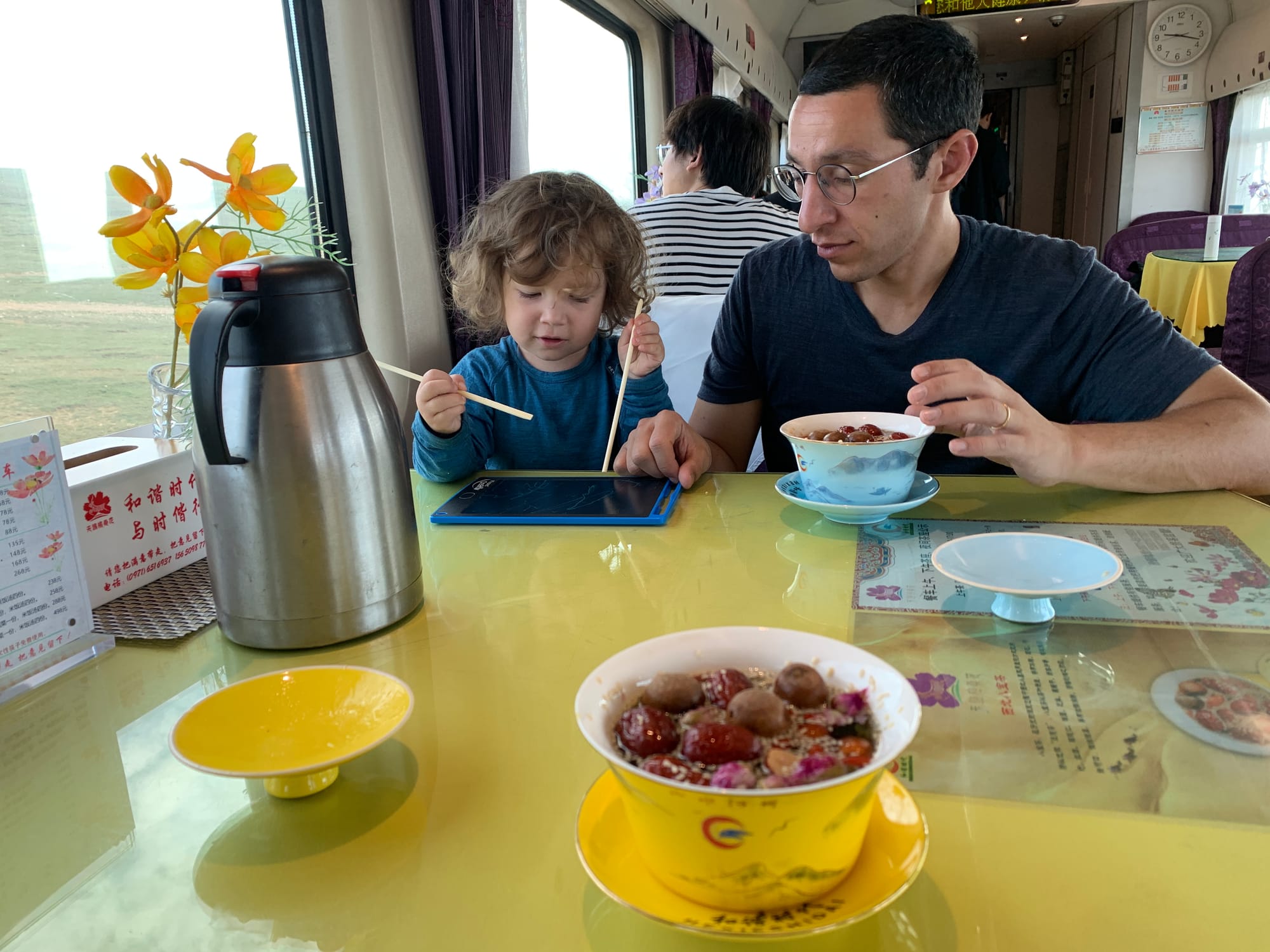
The journey
The amenities on the train are only a secondary concern - even with kids, you spend a large portion of the trip looking outside of the window. What actually surprised me the most was that it was actually not completely empty. Sure, there was not much along the way, but there was a road that went parallel to the train tracks most of the way. There was also a lot of yaks roaming around and occasional village suddenly appearing in the middle of nowhere. And the views were absolutely spectacular!
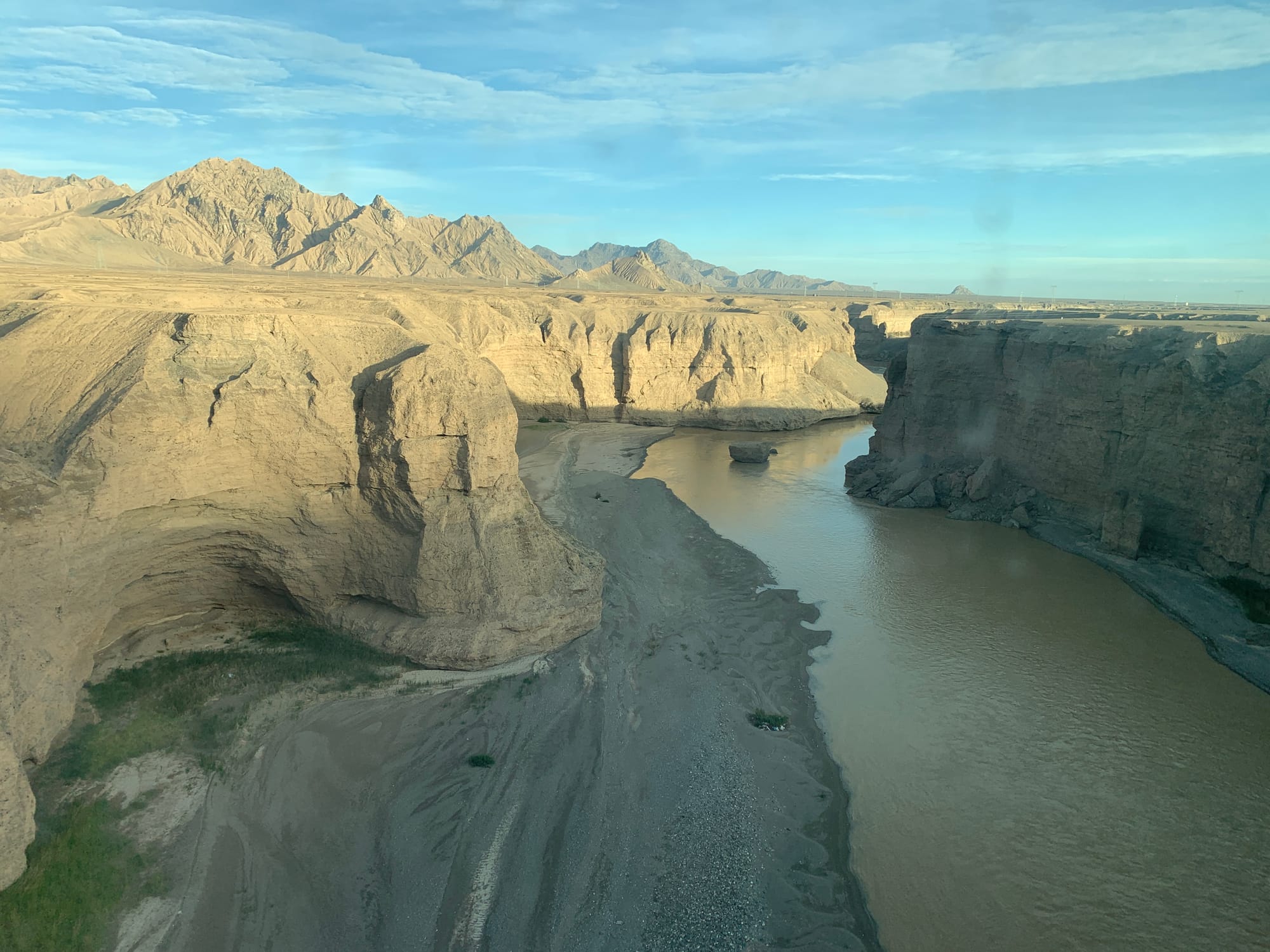
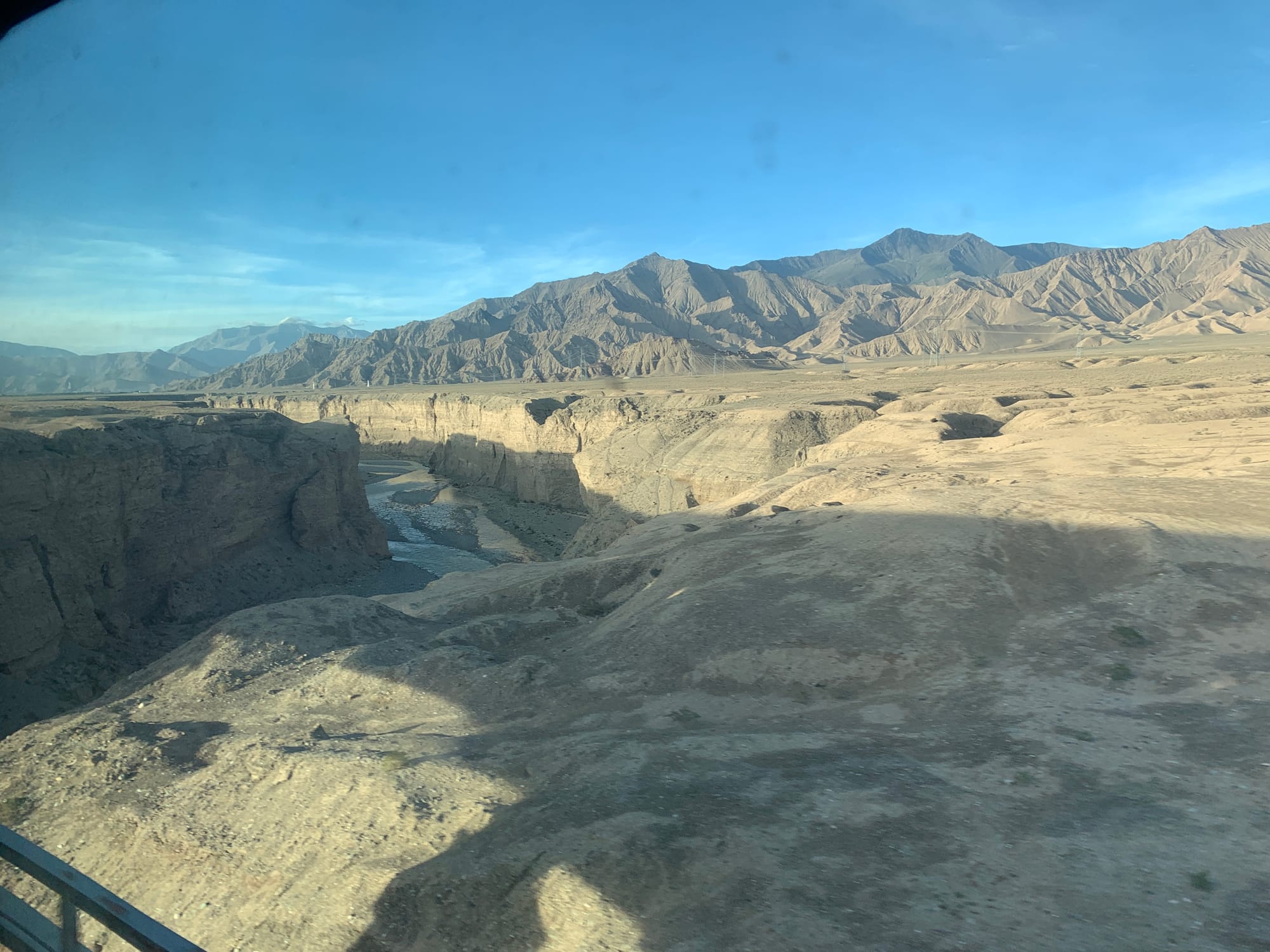
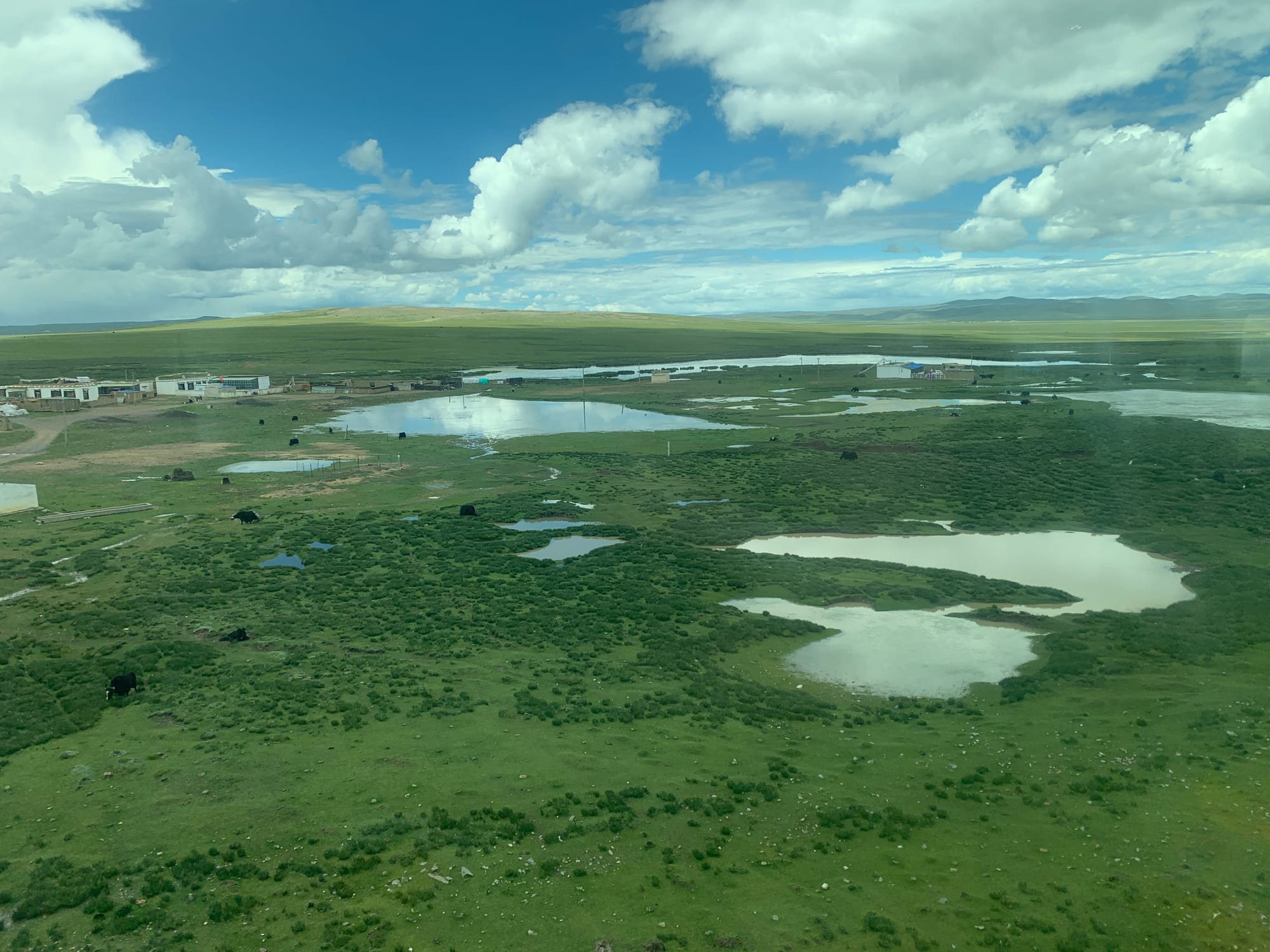
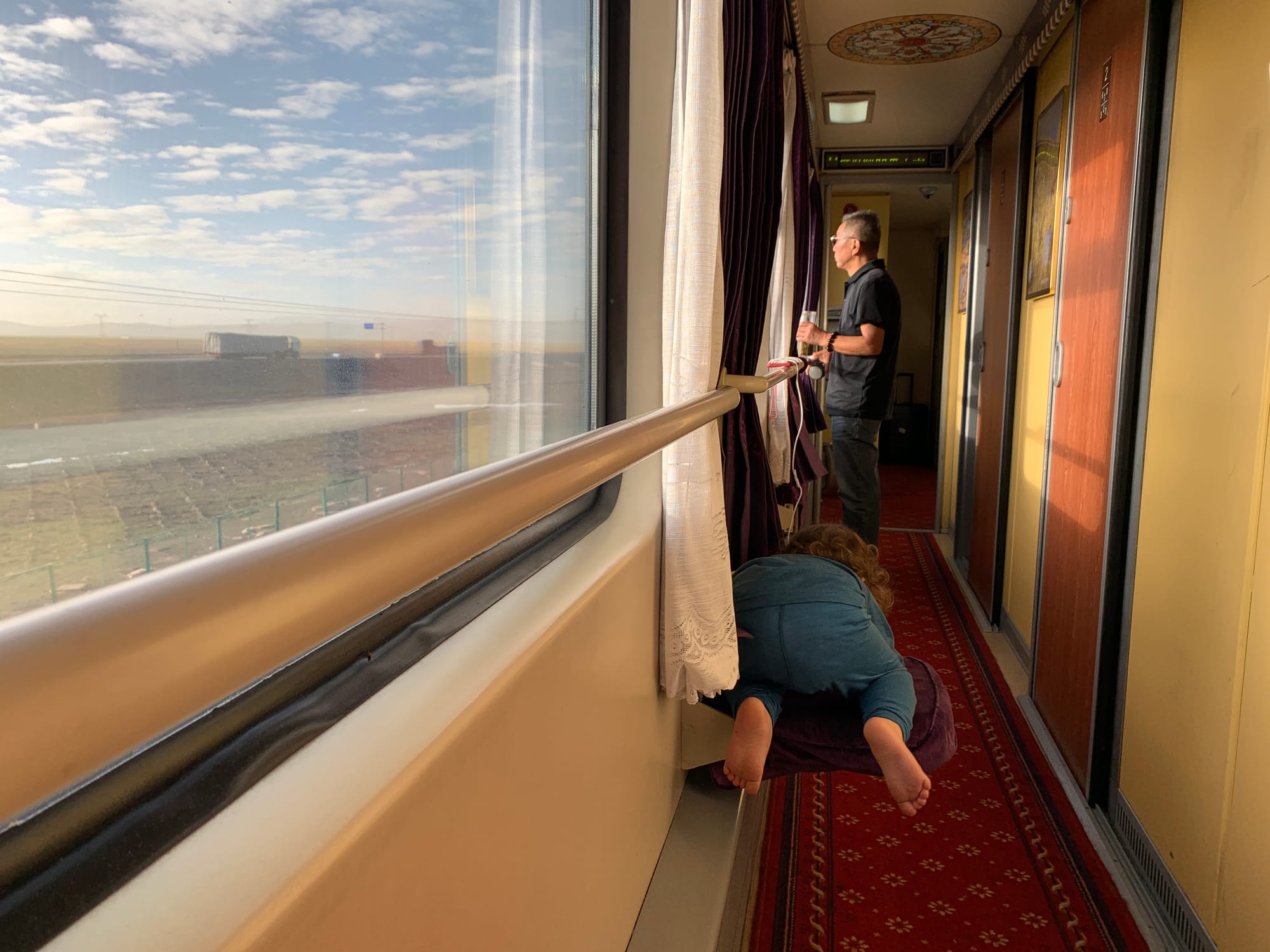
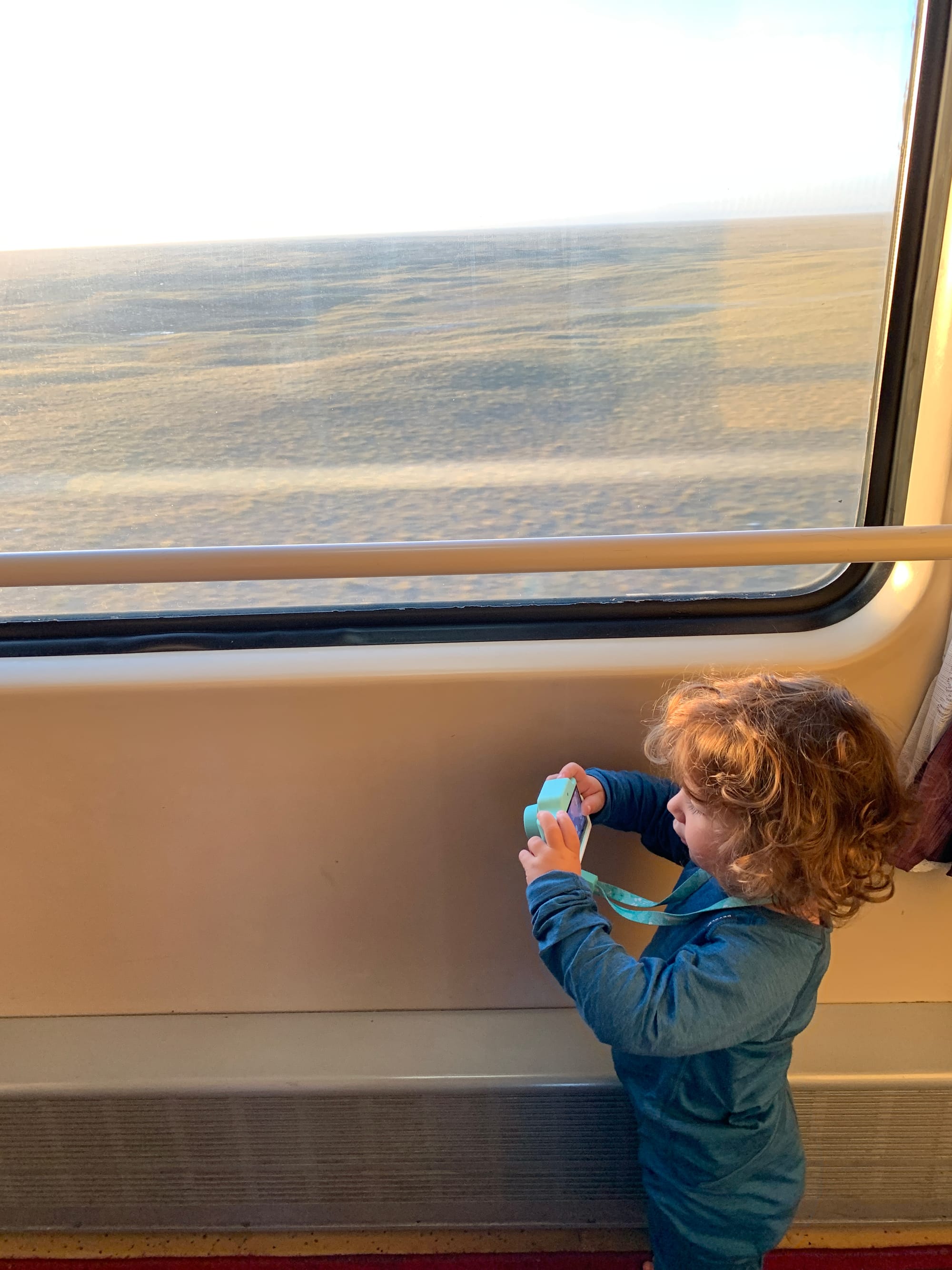
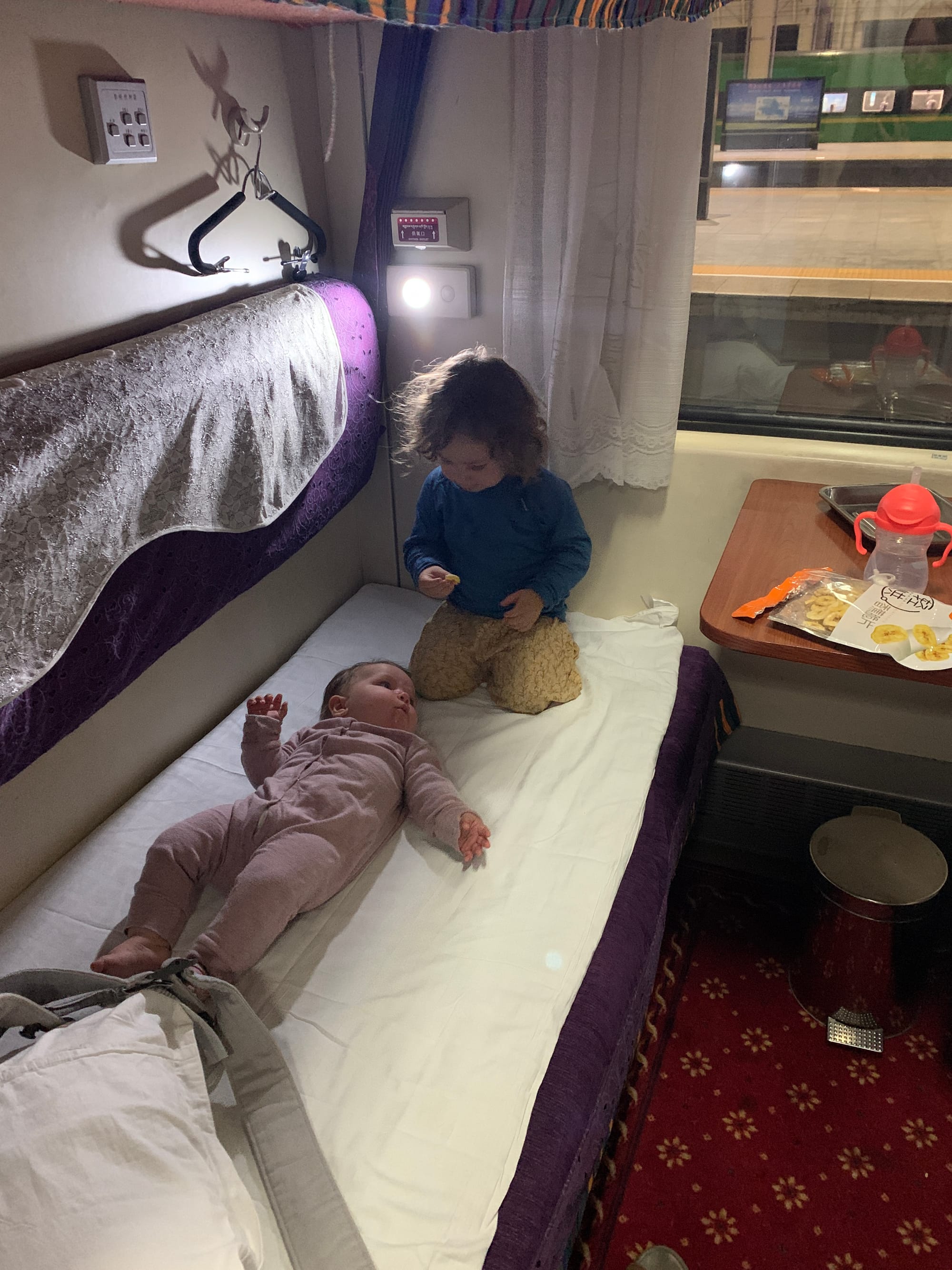
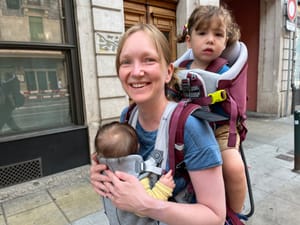

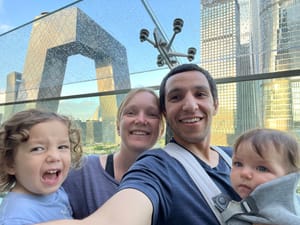



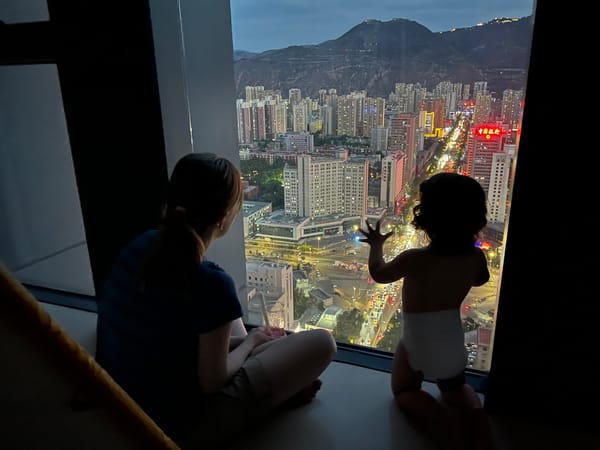
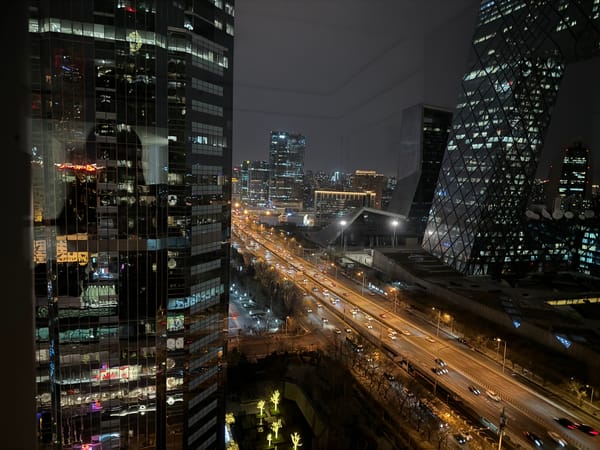
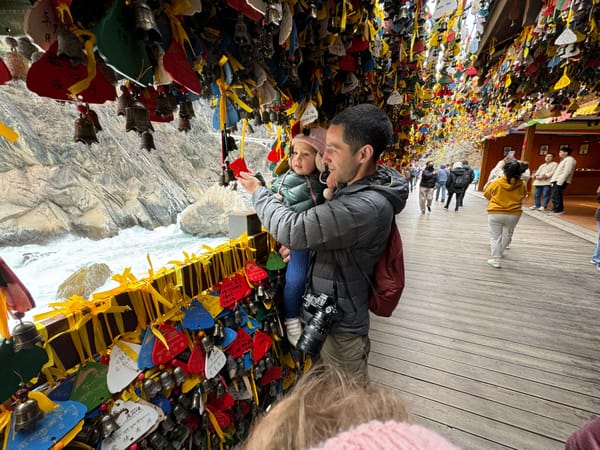
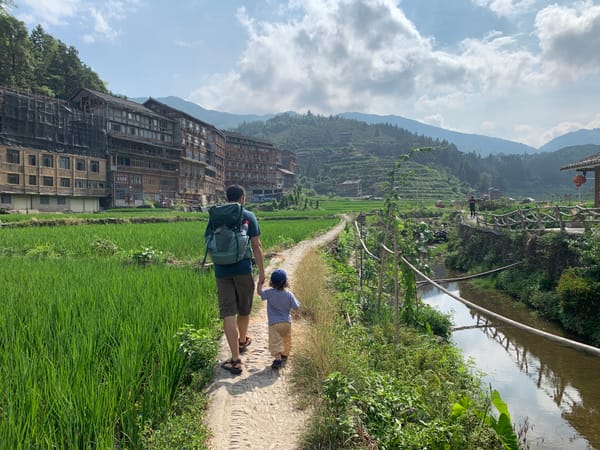
Member discussion